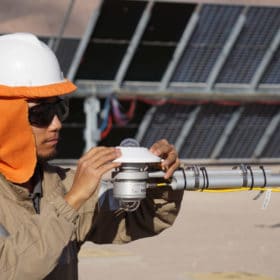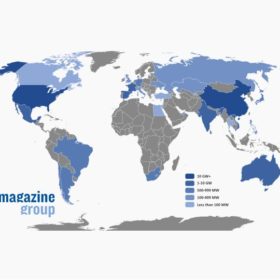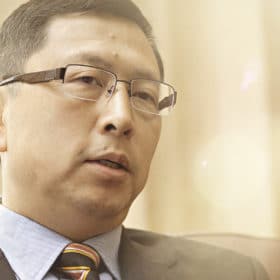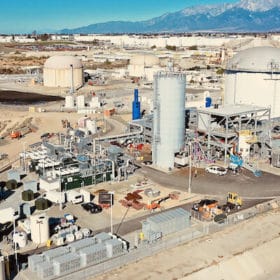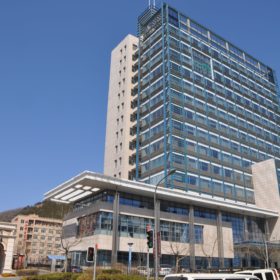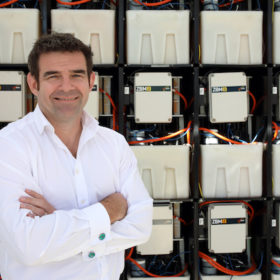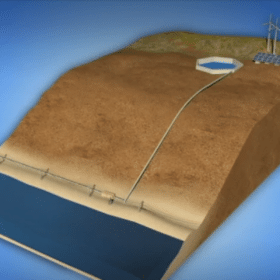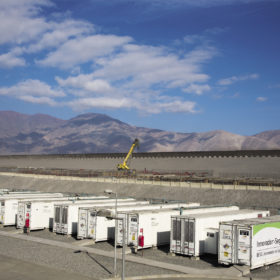Location-dependent performance model for bifacial installations
Bifacial PV modules and single-axis trackers go well together, but a global research team has now noted that a comprehensive location-dependent performance analysis still has yet to be done. Their findings could help to determine the right plant setups in different locations throughout the world.
Spanish solar renaissance lifts world to record year for large scale projects
A global ranking of large scale solar project capacities indicates prominent roles for a resurgent Spain, behind the usual top three of China, the U.S. and India, with Australia and the Netherlands also on the rise. There were disappointing returns, though, for the U.K., Italy and Canada.
‘Falling solar module costs are behind us’
Canadian Solar is pivoting towards energy storage and is preparing to IPO its manufacturing and Chinese solar project activity in China, under the CSI Solar operation, by July.
U.S. solar industry comes ‘roaring back,’ breaks multiple records in 2020
Here are the brand-new stats and forecasts from the Solar Energy Industries Association and Wood Mackenzie.
Redflow expands to US market with largest global battery sale yet
Redflow has signed its biggest global battery deal yet after agreeing to supply Californian biowaste tech firm Anaergia with a 2 MWh energy storage system. Redflow is hoping the US$1.2 million agreement for 192 of its zinc-bromine flow batteries will serve as a foundation for US market expansion.
An aluminium battery that can charge in a fraction of a second
Scientists in China and the United States investigated the inner workings of aluminium-ion batteries. With new insights into mechanisms at work within the battery during cycling, the group was able to demonstrate a battery capable of ultrafast charging, with the highest capacity so far reported for an aluminium battery.
Brisbane-based flow battery company secures its largest sale at $1.5 million
Australian company Redflow has made its single largest sale, supplying 192 zinc-bromine flow batteries to waste conversion specialists Anaergia for US$1.2 million.
Pumped hydro with desalination, powered by renewables
EDF and Oceanus plan to build a pumped hydro storage station and a desalination system powered by wind and solar. The system will use saltwater to produce hydropower during periods of high demand, while producing affordable freshwater.
Batteries with Chinese characteristics
At present, China accounts for almost 75% of global lithium-ion battery manufacturing capacity and this share is set to increase through the short term with its build-out of new facilities. And although the US and Europe are enacting policies to encourage domestic battery production, there has been a distinct lack of support for investment in the supply and refining of the raw materials to achieve this. In China, the opposite holds true.
What role will battery storage have in Biden’s America?
Chip Breitenkamp, of Nanograf, discusses American battery manufacturing, how to ensure a resilient and equitable supply chain, and how to create jobs.
